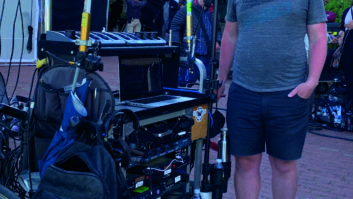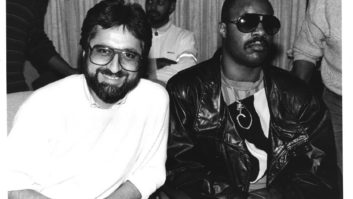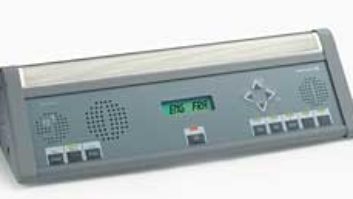Over the past few decades, audio technology has been refined even while it is being diversified. Analog electronics can be as clean and wideband as the designer’s tastes and goals dictate. Digital technology has moved from theory to stumbling first attempts to a high degree of effectiveness and quality performance. Audio software is increasingly transparent, where appropriate, and, for many end-users, digital emulations of analog circuits can be indistinguishable from the circuits they are modeling. Microphone design can now be considered an exercise of tailoring character as opposed to wrangling with physics.

An underlying theme in those statements is that we can achieve largely transparent gear designs when we want to. And often, we don’t want to. An exception to that exception is in the tail end of the audio chain. Loudspeaker technology has improved over the years, to be sure. New materials and the advanced application of the various sciences involved in moving large volumes of air are getting us closer to the ability to achieve transparency in sound reproduction. That said, when measured, the transparency we can achieve with loudspeakers would appall us if we were forced to live within those standards in earlier stages of the signal path, and ultimate transparency may remain elusive till we discover some new way to move air.
This is especially true with headphones. Accurately reproducing the full range of audio in a package strapped to our heads is a daunting challenge. Giving the performance specifications for headphones a gander should give first warning — the frequency response specs are typically not qualified as falling within a range of levels, for instance. We know loudspeaker technology isn’t perfect, but at least expect that the frequency-response rating for a given loudspeaker will fall within a window of, say +/- 3 dB SPL, a range specified in the sales literature. Not so with headphones.
If you were handed literature spec’ing a loudspeaker with a frequency response of 30 Hz to 20 kHz, +/- 8 dB, you probably would reject it from consideration without even listening. Headphones, based on our measurements in our Session Trial bench test evaluation of headphones, routinely have that sort of deviation from flat performance — and the response curves are jagged, with huge peaks and valleys, and often some apparently deliberate LF boosts of massive proportion. Then there are additional considerations like distortion performance and consistency in performance between left and right ears.
Headphone evaluation is going to remain highly subjective in practice for some time to come. The test data is interesting and somewhat instructive, but in the end, even “pro” headphone performance varies so wildly from the kind of standards we apply to other gear that objective measurement has limited value. The questions then become, “What do I like?” and “What can I work with?” We hope you’ll at least find the exercise in objectivity as interesting as we did.






